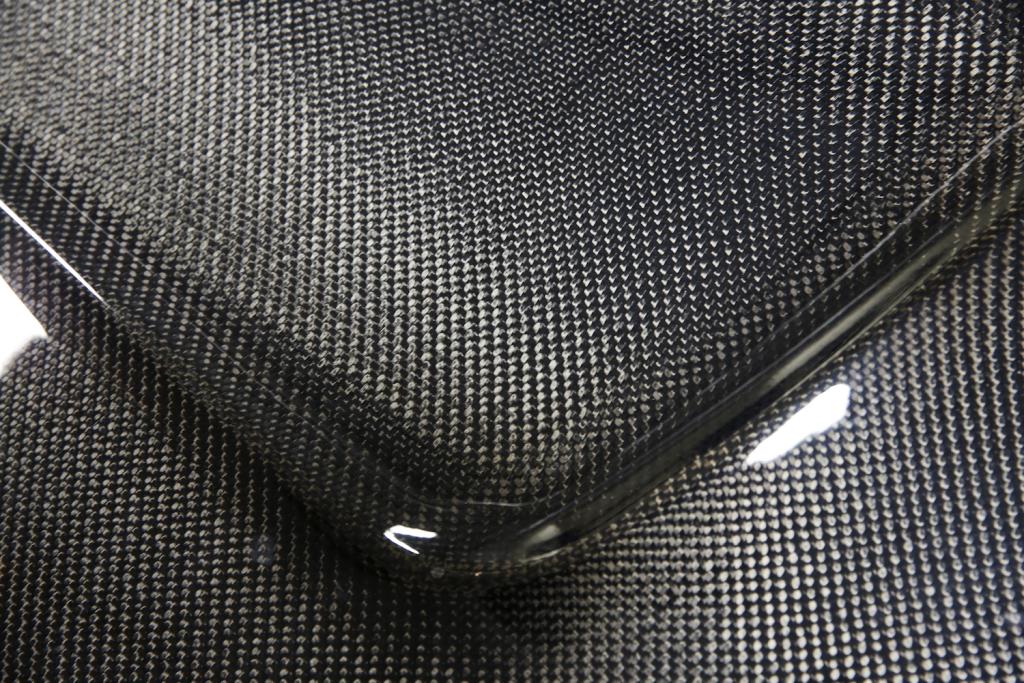Composites
Composites

Composites research is focused on reducing production cost of industrial-grade carbon fiber by approximately half to enable widespread deployment in high volume, cost-sensitive energy applications. Carbon fiber is a strong, stiff, lightweight enabling material for improved performance in many applications. However, use of carbon fiber composites in cost-sensitive, high-volume industrial applications such as automobiles, wind energy, oil and gas, and infrastructure is limited because of today’s relatively high price.
Current methods for manufacturing carbon fiber and carbon-fiber-reinforced composite structures tend to be slow and energy intensive. New, innovative manufacturing processes for low-cost precursor development and conversion technologies hold the key to reducing carbon fiber cost for energy applications. Similarly, innovative performance-focused materials and processes can potentially drive significant performance improvements for national security applications. Through the Carbon Fiber Technology Facility, research enables a broader use for advanced composites by lowering carbon fiber costs through innovations such as use of textile precursors. ORNL is also investigating intermediate and composite production techniques including compounding, pre-peg, braiding, pultrusion.

